16 Wild Animals in Senegal [Wildlife in Senegal]
Want to know more about the wildlife in Senegal?
Discover 16 wild animals in Senegal in this post, as well as interesting facts about them. 🇸🇳
Learn All About Senegalese Animals
Ready to learn all about Senegalese animals?
I’ve always been fascinated by animals and by how they can be so different from one country to another. In this guide, we’ll focus on the many animals Senegal has on the land, in the sky, and underwater.
I’ve split the guide into 4 categories:
- Native animals from Senegal
- Endangered animals of Senegal
- What is Senegal national animal?
- How many animals native to Senegal?
Let’s dive in right away with our first category!
Native Animals from Senegal
Senegal is an African country located in the western part of the continent, east of the Atlantic Ocean. It is the westernmost country of the Old World, is home to multiple ethnicities and communities (the main ones being the Wolof, Fula, and Serer People), and used to be a French colony. It is bordered by Guinea-Bissau, Mauritania, Mali, Guinea, and Gambia, and its capital and largest city is Dakar, which counts more than 1,146,000 inhabitants (but more than 3,938,000 if you include the metropolitan area).
An interesting part of the country that I wanted to tackle is its wildlife. In light of that, I have listed the best of it, and I hope you will love learning what animals live in Senegal.
Here’s the Senegal animals list.
1. African forest elephant
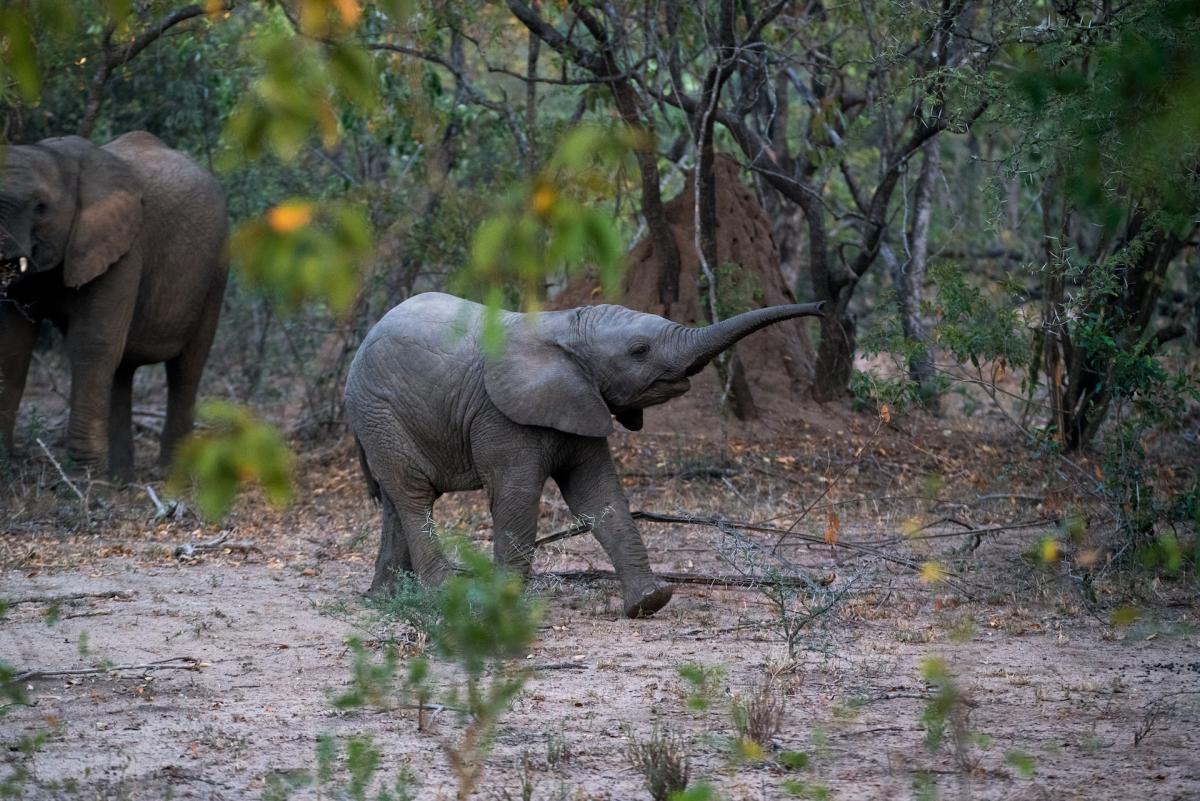
- Name: African forest elephant
- Scientific name: Loxodonta cyclotis
- Conservation status:
The African forest elephant is one of two species of the African elephant, and the smallest one of them. It is native to the Congo basin and as far as West Africa, and inhabits humid forests. Both males and females have long, straight horns that point down, and are the main reason why poachers attack them.
This elephant is sadly on the brink of extinction, and is almost completely extinct in Senegal, although hunting it is banned within the country.
2. Green monkey
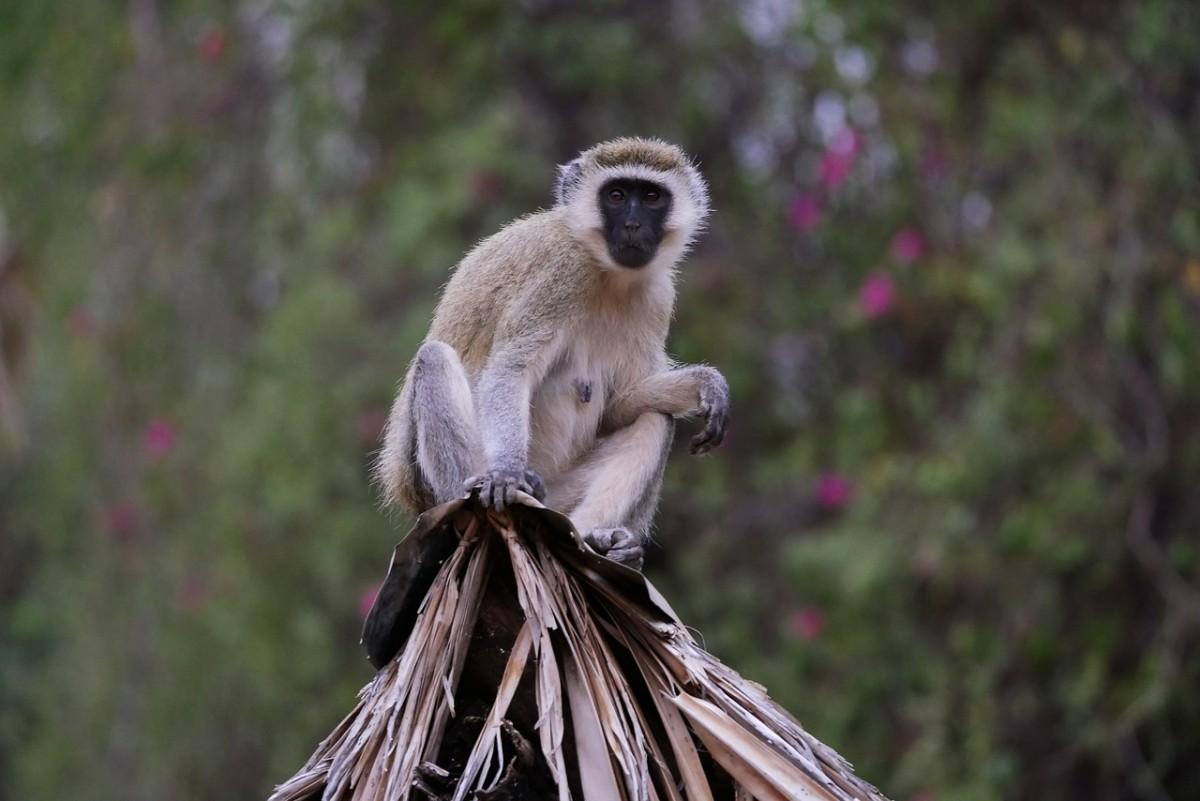
- Name: Green monkey
- Scientific name: Chlorocebus sabaeus
- Conservation status:
The green monkey, also known as the sabaeus monkey, is a species of Old World monkey native to western Africa, from Senegal to the Volta River in Ghana. Besides, it has been introduced to several islands such as Barbados, Saint Martin, and Nevis, as well as Florida and Cape Verde.
This monkey inhabits the wooded areas of Senegal, usually at the edge of the rainforest, where it feeds on crabs, invertebrates, and fruits.
3. Western African lion
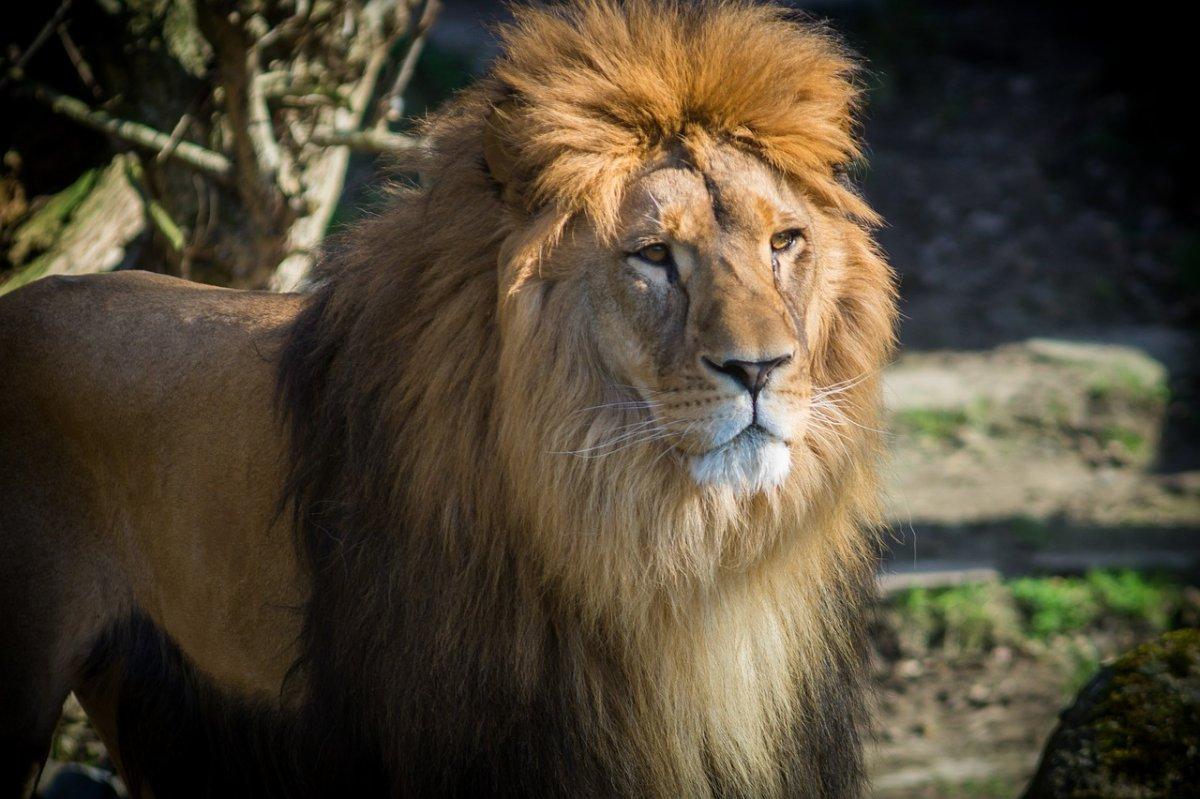
- Name: Western African lion
- Scientific name: Panthera leo leo
- Conservation status:
The Western African lion, also known as the Northern lion, is a subspecies of the African lion found in West Africa, as well as India and North Africa. In its African range, its populations are both isolated and scattered, and they are all seriously on the decline, which is why this lion is considered critically endangered.
In Senegal, it can almost exclusively be found in Niokolo-Koba National Park, and it is the national animal of the country.
4. Guinea baboon
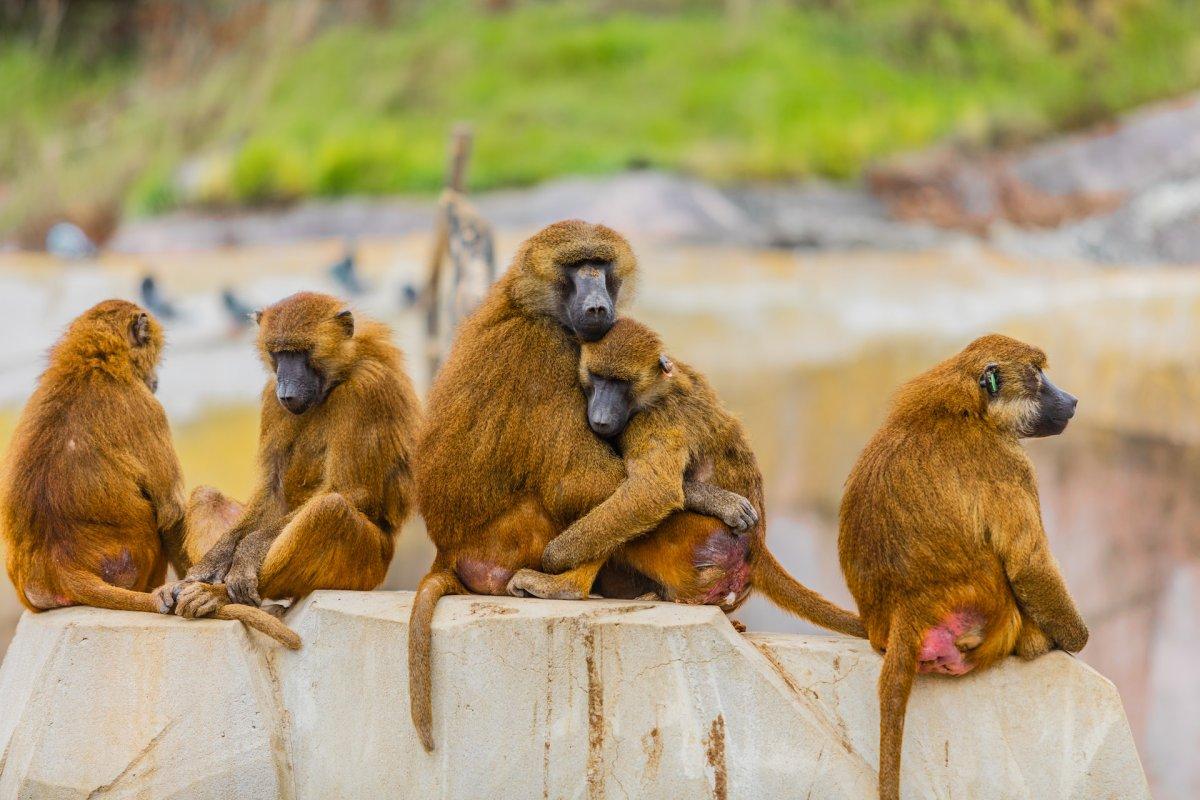
- Name: Guinea baboon
- Scientific name: Papio papio
- Conservation status:
The Guinea baboon, also known as the savanna baboon, is a species of baboon native to a somewhat restricted area in western Africa. It can be found in Senegal, Mauritania, Mali, Guinea, and Gambia, and it is characterized by its reddish-brown hair.
This baboon lives between 20 and 50 years and is one of the smallest baboons in the world. Both terrestrial and diurnal, it uses trees to hide from predators at night.
5. Giant eland
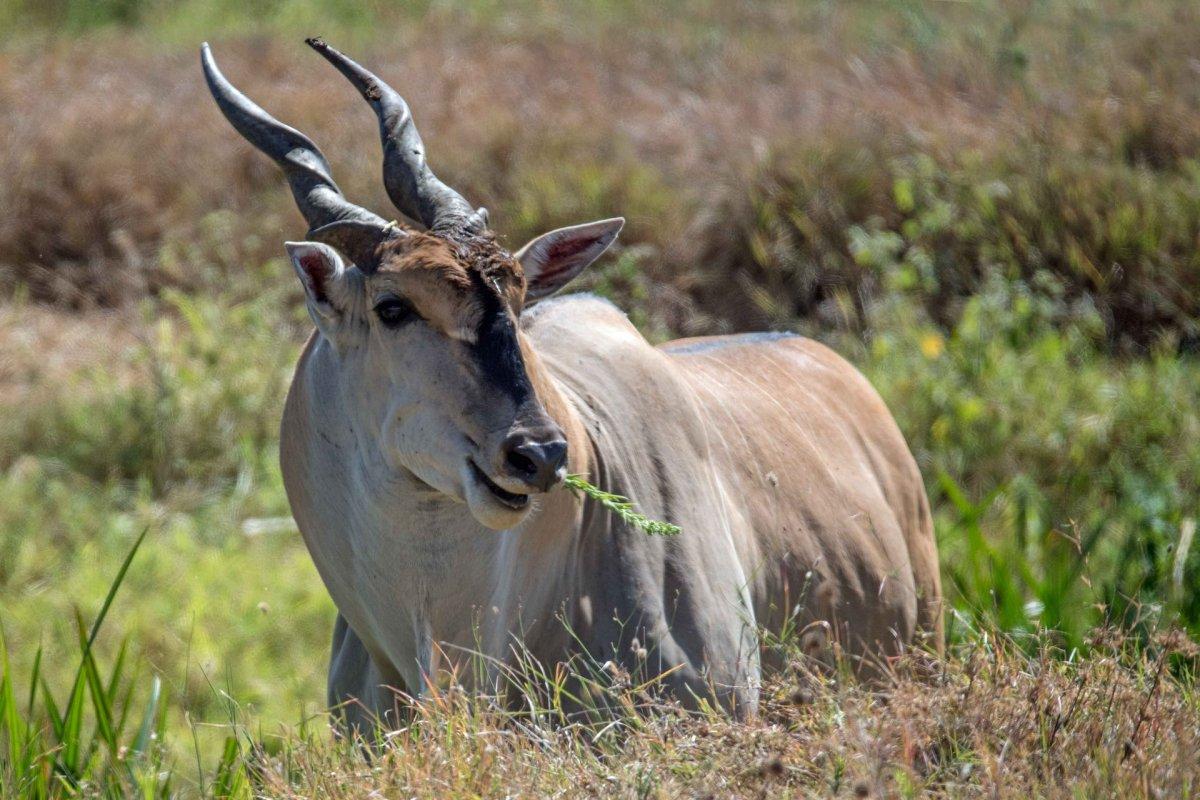
- Name: Giant eland
- Scientific name: Taurotragus derbianus
- Conservation status:
The giant eland, also known as the Lord Derby eland, is the largest species of antelope in the world. Its local population in Senegal is on the verge of extinction, and can now only be found in Niokolo-Koba National Park, the major reason for that being poaching.
This antelope is herbivorous and primarily feeds on foliage, branches, and grasses. Despite its large size, it is incredibly fast, reaching speeds of up to 70 km/h / 43 mph!
6. Korrigum
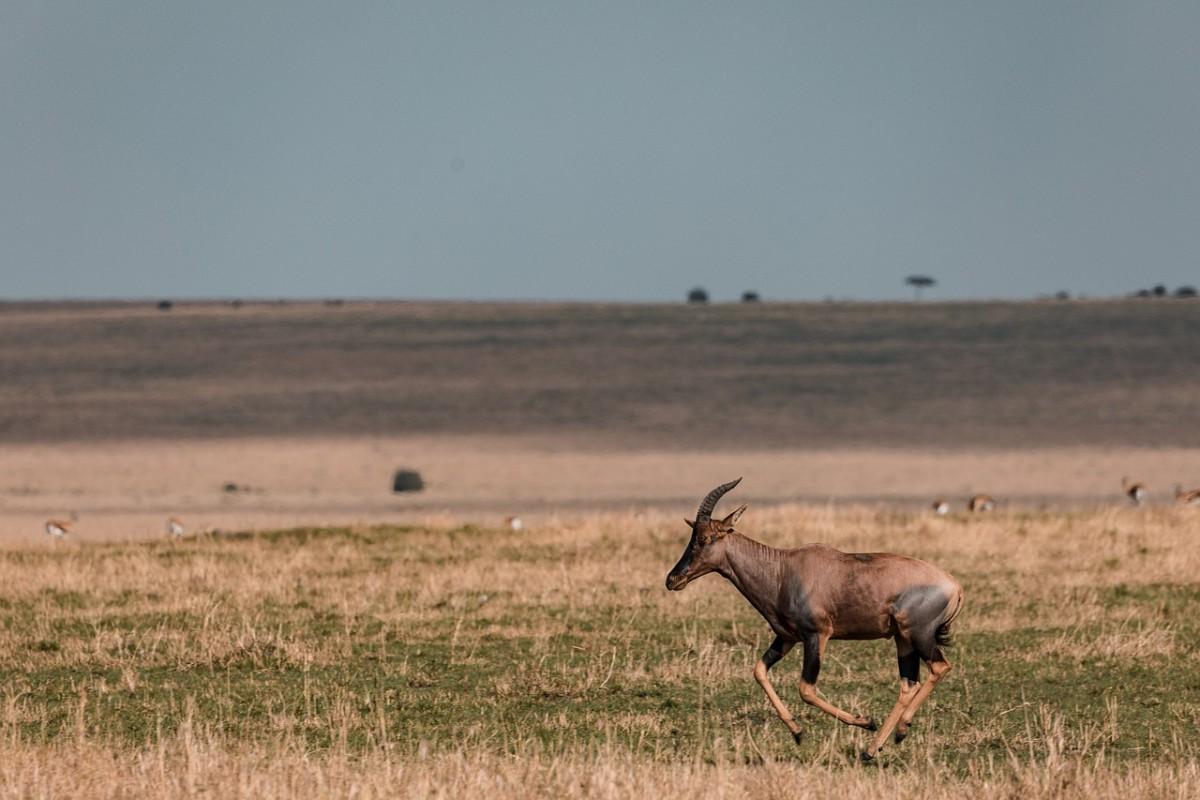
- Name: Korrigum
- Scientific name: Damaliscus lunatus korrigum
- Conservation status:
The korrigum, also known as the Senegal hartebeest, is a subspecies of the topi, a large antelope native to Africa. Just like many other species in Senegal, it is mostly restricted to the national park because of habitat loss and bushmeat hunting (and, for other species, persecution by local inhabitants).
This antelope has been drastically declining since the beginning of the 20th century, and there are about 2,650 individuals left in the wild.
7. Western red colobus
- Name: Western red colobus
- Scientific name: Piliocolobus badius
- Conservation status:
The western red colobus, also known as the Upper Guinea red colobus, the rust-red colobus, or the bay red colobus, is a species of Old World monkey native to the forests of West Africa, from Ghana to Senegal.
Believe it or not, it is often hunted by chimpanzees! In fact, the western red colobus largely infected the chimpanzee with the Ebola virus in 1994 because of that.
8. Roan antelope
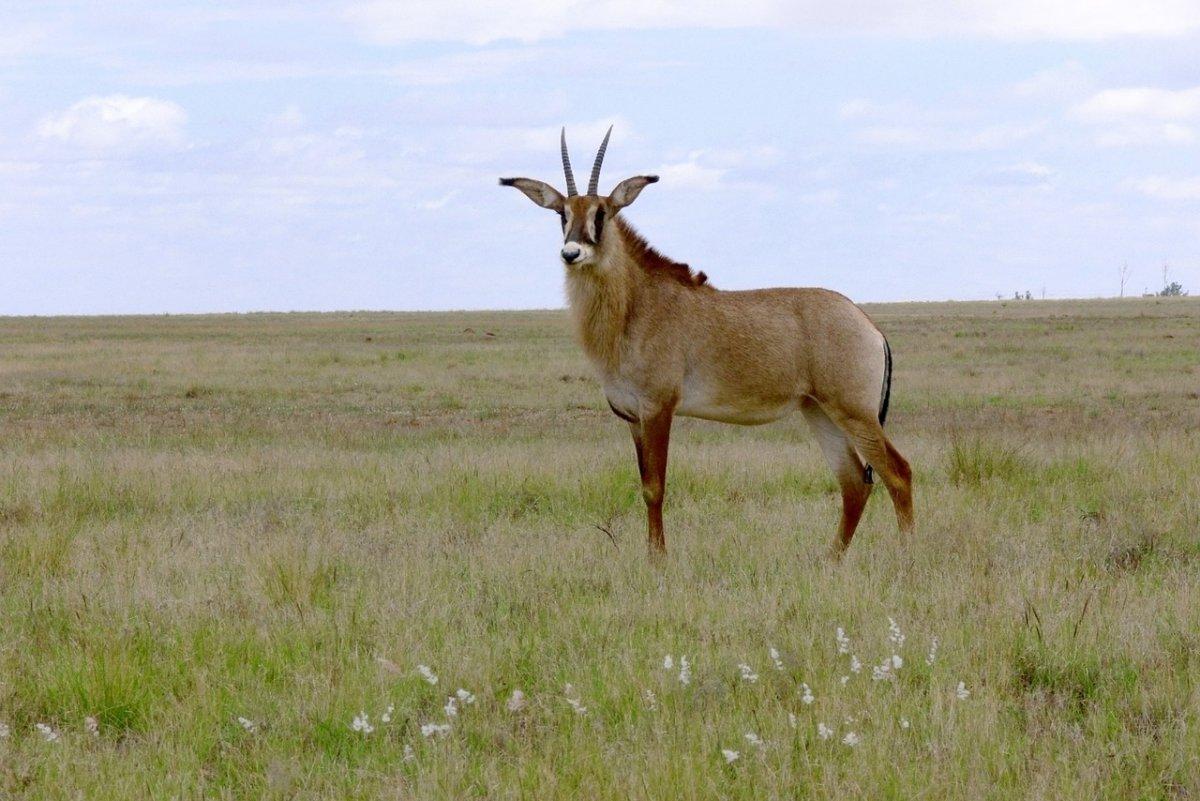
- Name: Roan antelope
- Scientific name: Hippotragus equinus
- Conservation status:
The roan antelope is a species of antelope native to western, central, and southern Africa. It is one of the largest antelopes in the world and has short, erect manes. It usually lives in groups of about 5 to 15 individuals, dominated by a mature male.
This antelope inhabits tropical and subtropical grasslands, as well as woodlands, savannas, and shrublands, where it feeds on medium-sized grasses.
9. Aardvark
- Name: Aardvark
- Scientific name: Orycteropus afer
- Conservation status:
The aardvark is a medium-sized species of mammal, unique to sub-Saharan Africa, and a particular animal that you might have never heard of. It is both nocturnal and burrowing and exclusively feeds on ants and termites, which it digs out of their hills with its very strong claws.
Opposite to the anteater and other insectivores, the aardvark has a long, pig-like snout which is ideal to sniff out its food.
10. African manatee
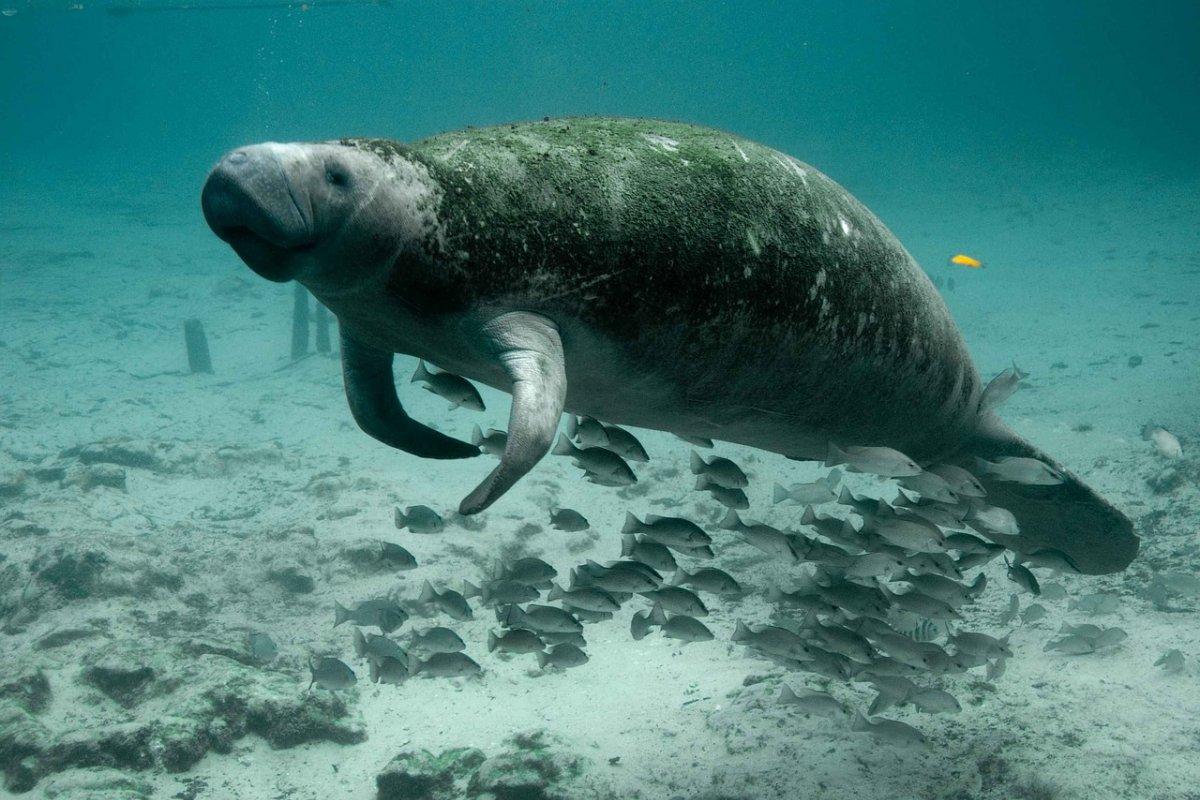
- Name: African manatee
- Scientific name: Trichechus senegalensis
- Conservation status:
The African manatee, also known as the West African manatee, is a species of manatee native to the western coast of Africa. Not only does it live around the oceanic shore, but also inland, in freshwater streams and rivers.
Not much is known about this manatee, but the Serer people of Senegal regard it as sacred and respect it a lot: in their mythology, it is the guardian of the secrets of the future!
11. Western chimpanzee
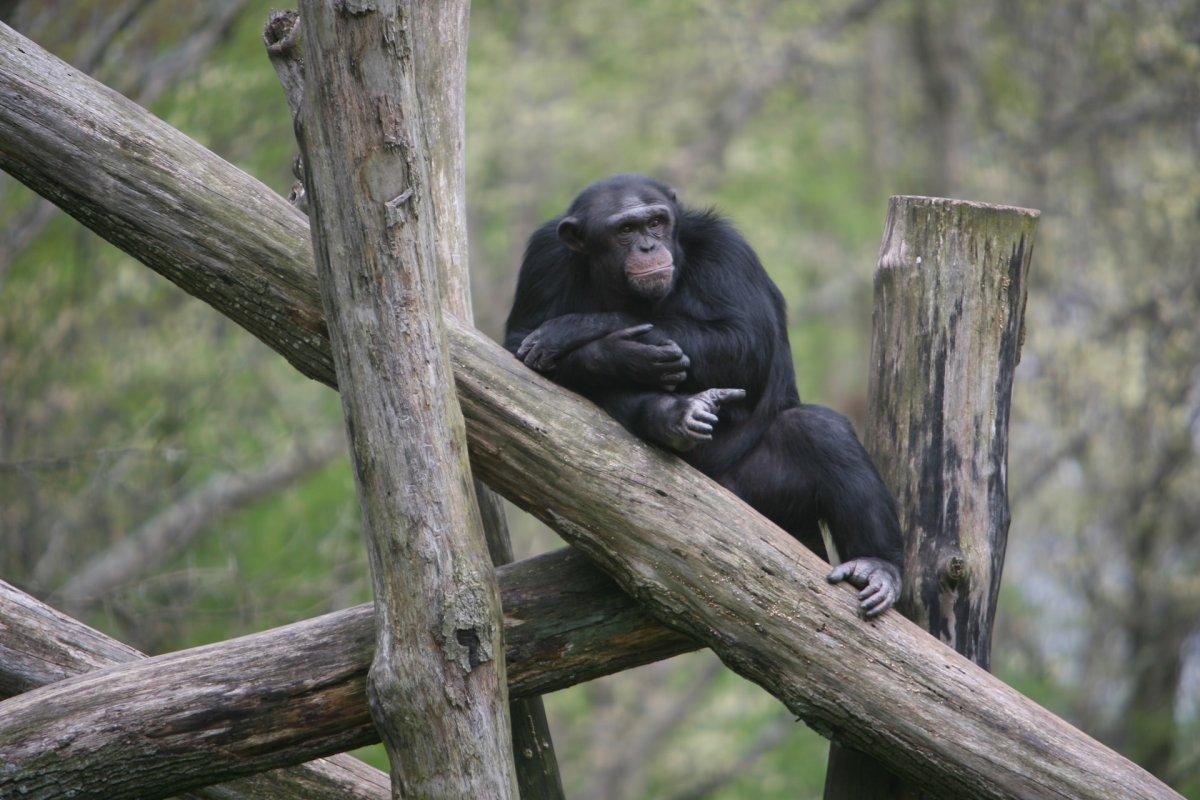
- Name: Western chimpanzee
- Scientific name: Pan troglodytes verus
- Conservation status:
The western chimpanzee, also known as the West African chimpanzee, is a large species of ape native to western Africa. Aside from Senegal, it can be found in countries such as Ivory Coast, Guinea, Mali, Sierra Leone, and Liberia.
The Senegalese population of the western chimpanzee is isolated and small. This chimpanzee is more of a carnivore than other apes, feeding on other monkeys like bushbabies, green monkeys, and Guinea baboons.
12. Giant pangolin
- Name: Giant pangolin
- Scientific name: Smutsia gigantea
- Conservation status:
The giant pangolin is, as its name suggests, the largest species of pangolin in the world. It can be found in parts of Central and West Africa, and almost exclusively subsists on ants and termites.
This pangolin inhabits the forests and rainforests of Senegal and is a solitary mammal. It is able to climb trees and other objects thanks to its long tail and is seriously endangered by bushmeat hunting and habitat loss.
13. African leopard
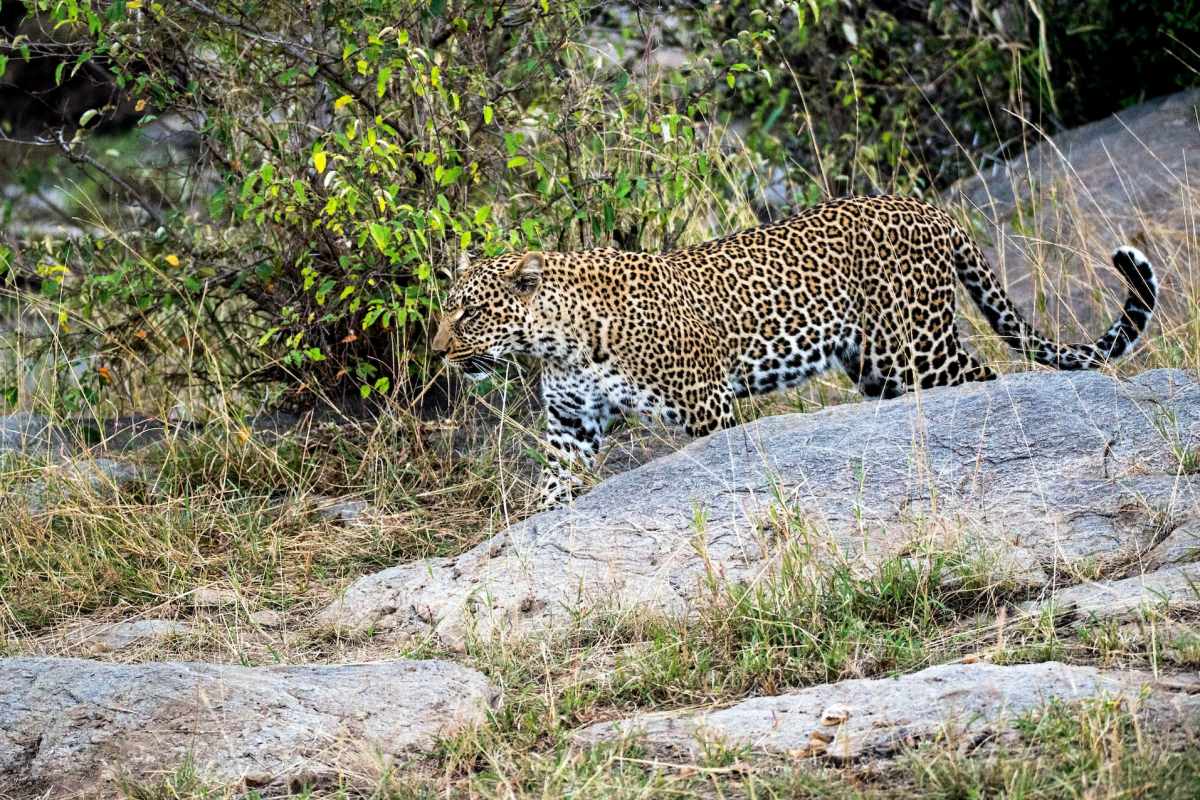
- Name: African leopard
- Scientific name: Panthera pardus pardus
- Conservation status:
The African leopard is the most common and widespread subspecies of the leopard, and while it used to be found all around sub-Saharan Africa, its range is now much more restricted and scattered.
This large cat can mostly be found around the border between Senegal and Guinea, where it lives in savannas, grasslands, and mountainous forests. It is incredibly adaptable in terms of habitat and diet, and can quickly change its habits depending on prey availability and other circumstances.
14. Caracal
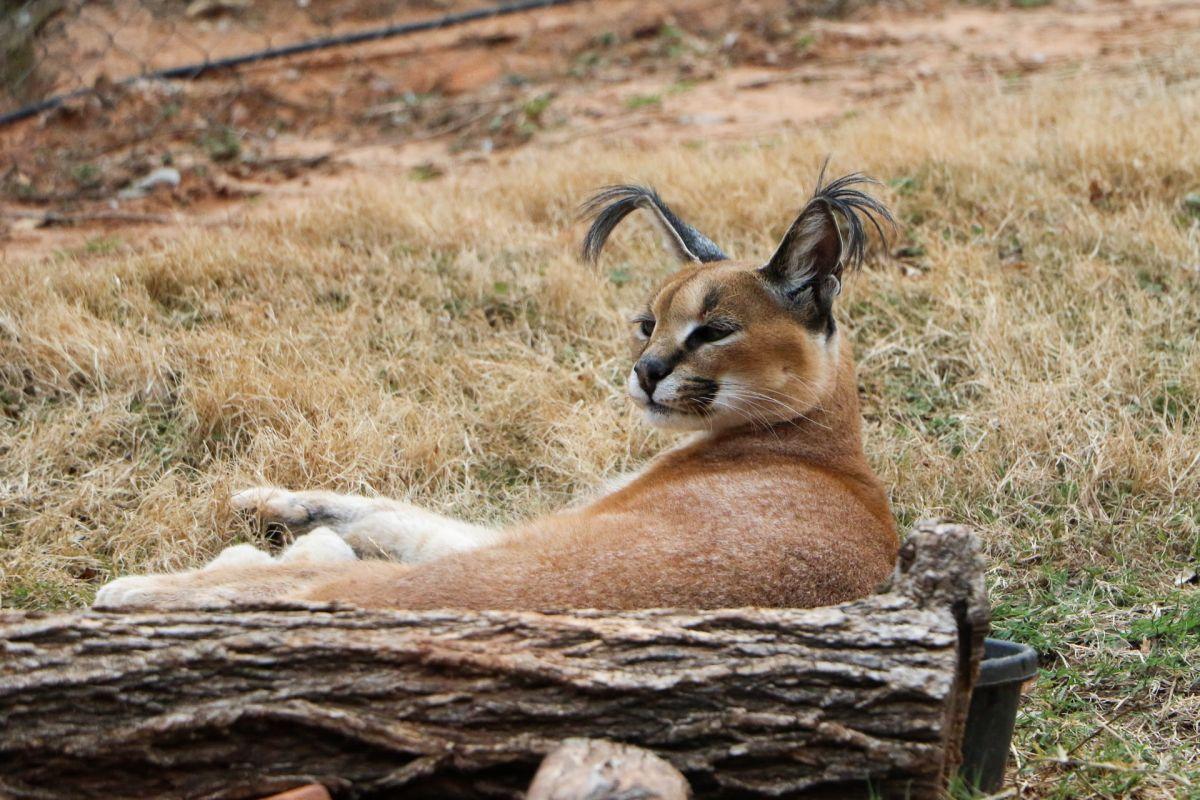
- Name: Caracal
- Scientific name: Caracal caracal
- Conservation status:
The caracal is a medium-sized species of wild cat native to much of sub-Saharan Africa, as well as North Africa, the Arabian Peninsula, the Middle East, and western Asia. It is particularly agile and is an expert climber, leaper, and even swimmer.
This cat is very elusive and alert and is rarely spotted in the wild. However, it has already been tamed and used for races in countries such as Egypt, Persia, and India.
15. Banded mongoose
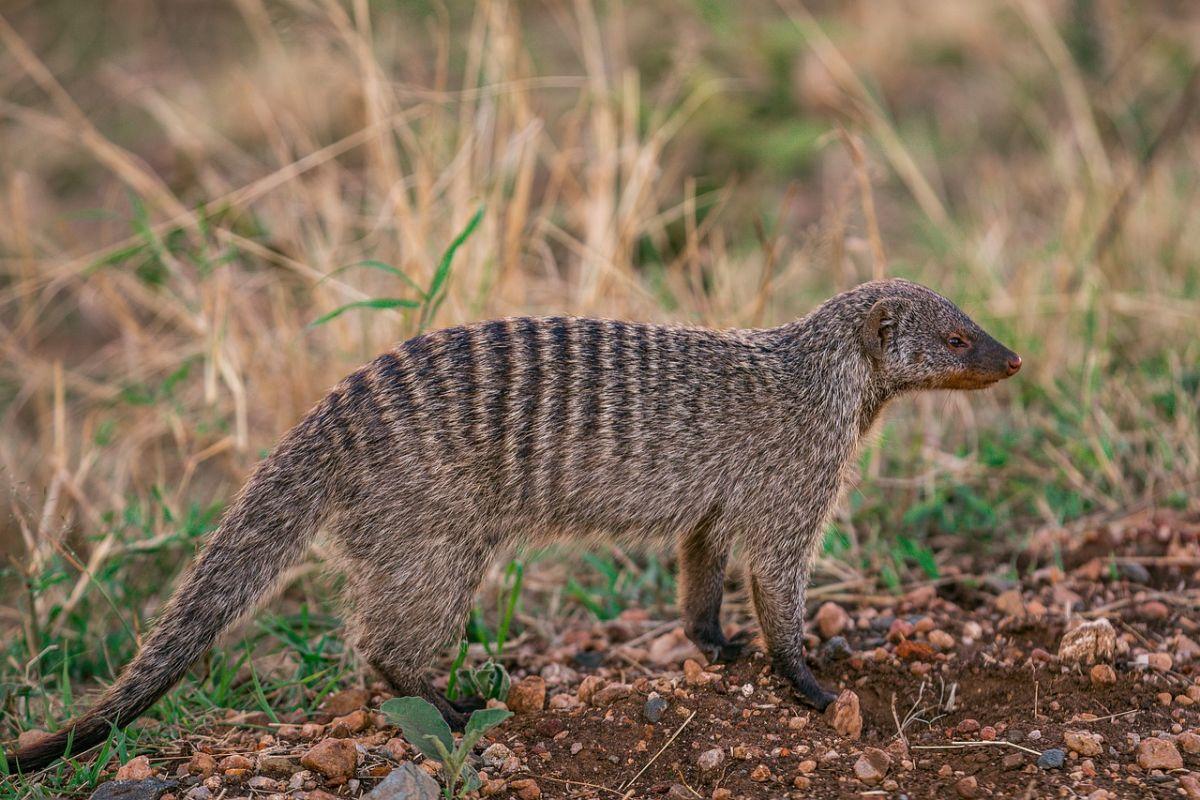
- Name: Banded mongoose
- Scientific name: Mungos mungo
- Conservation status:
The banded mongoose is a species of mammal native to sub-Saharan Africa, from Senegal to the Horn of Africa, and as far South as South Africa. Opposite to most mongoose species, the banded mongoose lives in colonies, with a complex social structure.
This mongoose inhabits the savannas, grasslands, and open forests of Senegal, and always stays near bodies of water. It uses rock shelters and thickets to hide and feeds on insects, small reptiles, and birds.
16. Spotted hyena
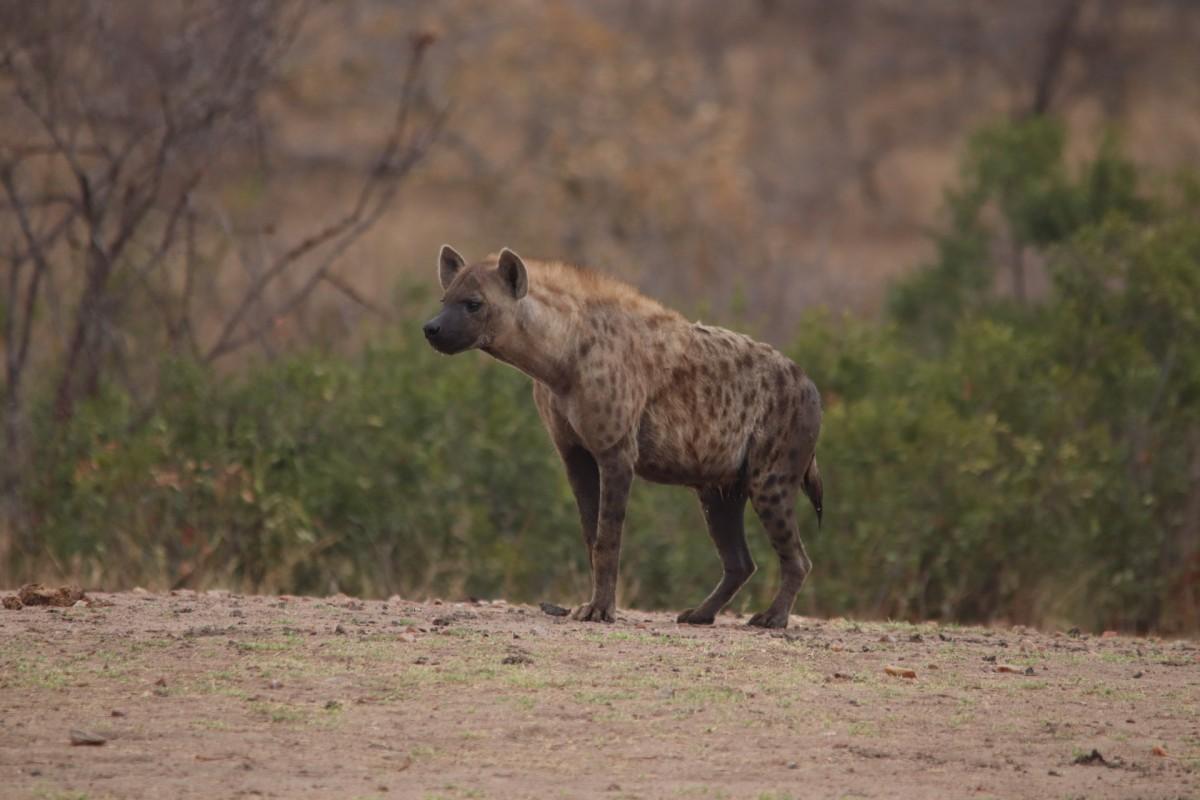
- Name: Spotted hyena
- Scientific name: Crocuta crocuta
- Conservation status:
The spotted hyena, widely known as the laughing hyena, is the most common species of large carnivore in all of Africa. It can be found throughout almost the entirety of sub-Saharan Africa and is extremely successful thanks to its natural versatility: able to feed on practically anything and inhabit any area, it is a highly opportunistic carnivore.
Contrary to popular belief, the spotted hyena is actually a hunter and only scavenges when necessary.
—
So there you have them, these were my 16 wild animals in Senegal. I hope you enjoyed this list and that you learned something new today.
In case you want to learn more about Senegal wildlife, feel free to keep reading, as I still have lots of things to tell you about:
Endangered Animals of Senegal
This is definitely the saddest part of the list, but it is essential to raise awareness. Because of this, let’s go through the list of endangered animals in Senegal.
Here are the animals in danger of extinction in Senegal.
- Scimitar-horned oryx
- Slender-snouted crocodile
- Sand tiger shark
- Hooded vulture
- African forest elephant
- Smalltooth stingray
- and 21 more…
- African spurred tortoise
- Chimpanzee
- Lappet-faced vulture
- King colobus
- African wild dog
- and 41 more…
To see the full list of endangered species in Senegal, head over to the International Union for Conservation of Nature’s Red List.
What is the National Animal of Senegal?
The national animal of Senegal is the African lion.
Just like several other countries in Africa, Senegal chose the African lion to best represent the country.
The local subspecies is known as the Western African lion, which is on the brink of extinction, being regionally extinct in several areas such as western Asia, North Africa, and southern Europe. In Africa, the lion has always been an important part of folklore, dances, and stories. It is a symbol of royalty and power and is associated with healing in Senegal and the rest of West Africa.
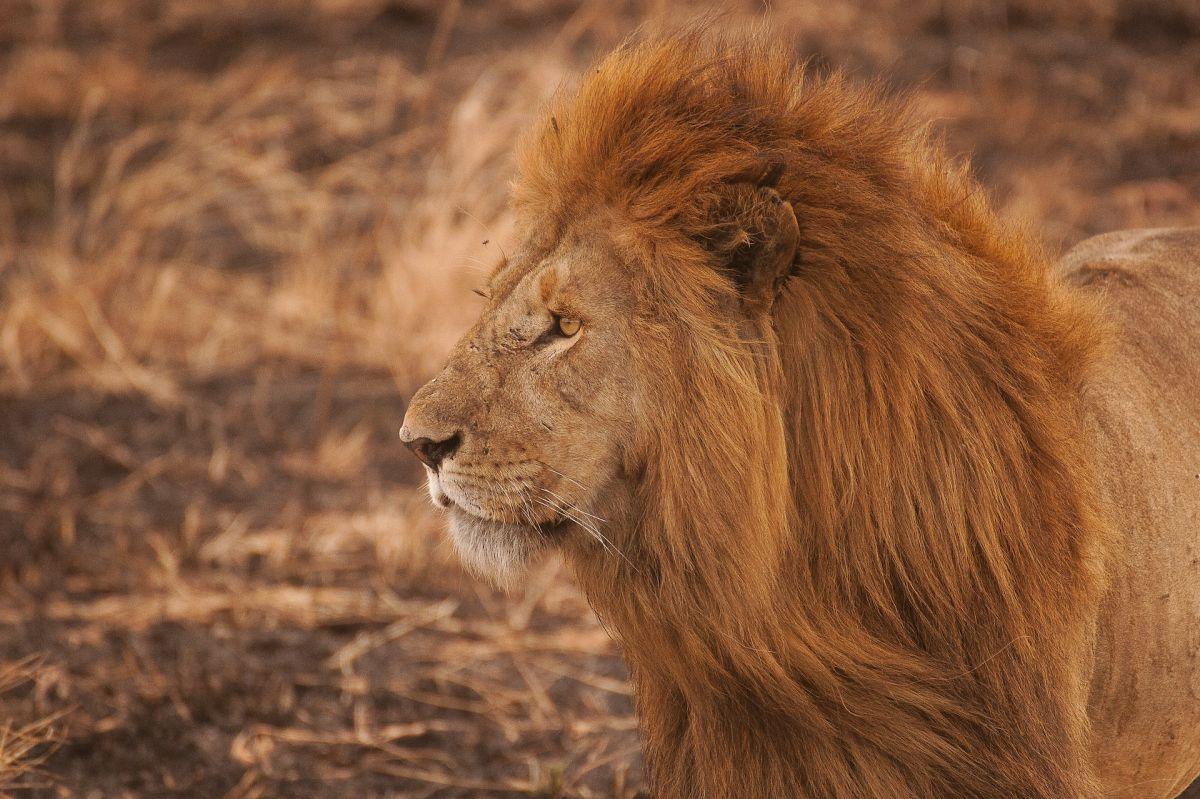
How Many Animals Native to Senegal?
What is the diversity of native animals in Senegal?
Let’s look at the total number of species of Chordata (mammals, birds, fishes, and reptiles).
Total number of animal species in Senegal: 2,144 (14,205 in total in sub-Saharan Africa)
More About Animals in the World!
Loved these Senegal animal facts? Want to see what animals live in other countries?
Then check out these posts:
Or click here to see ALL the facts up on the blog! Spoiler alert: there’s A LOT of them.
Share the knowledge! Click on the buttons below to share information about these famous animals in Senegal with your friends, and help them learn more about the world 🙂
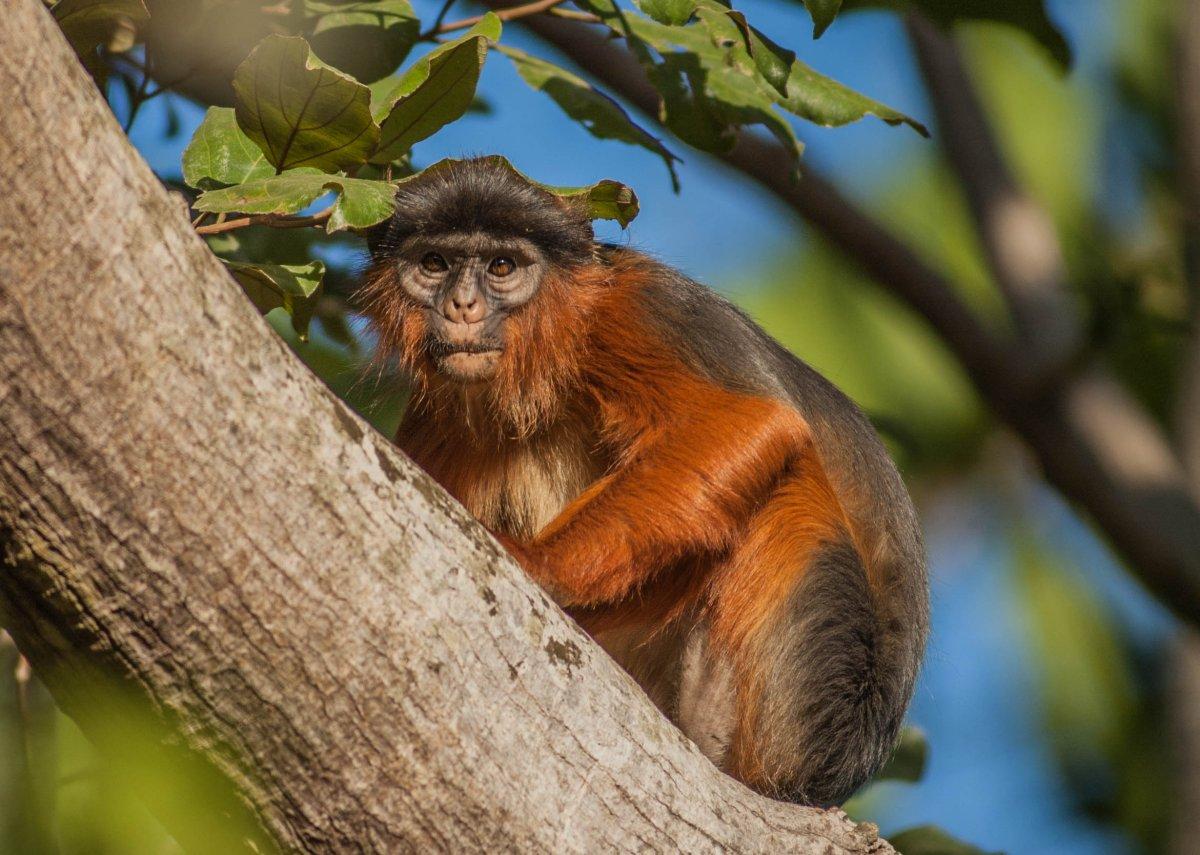
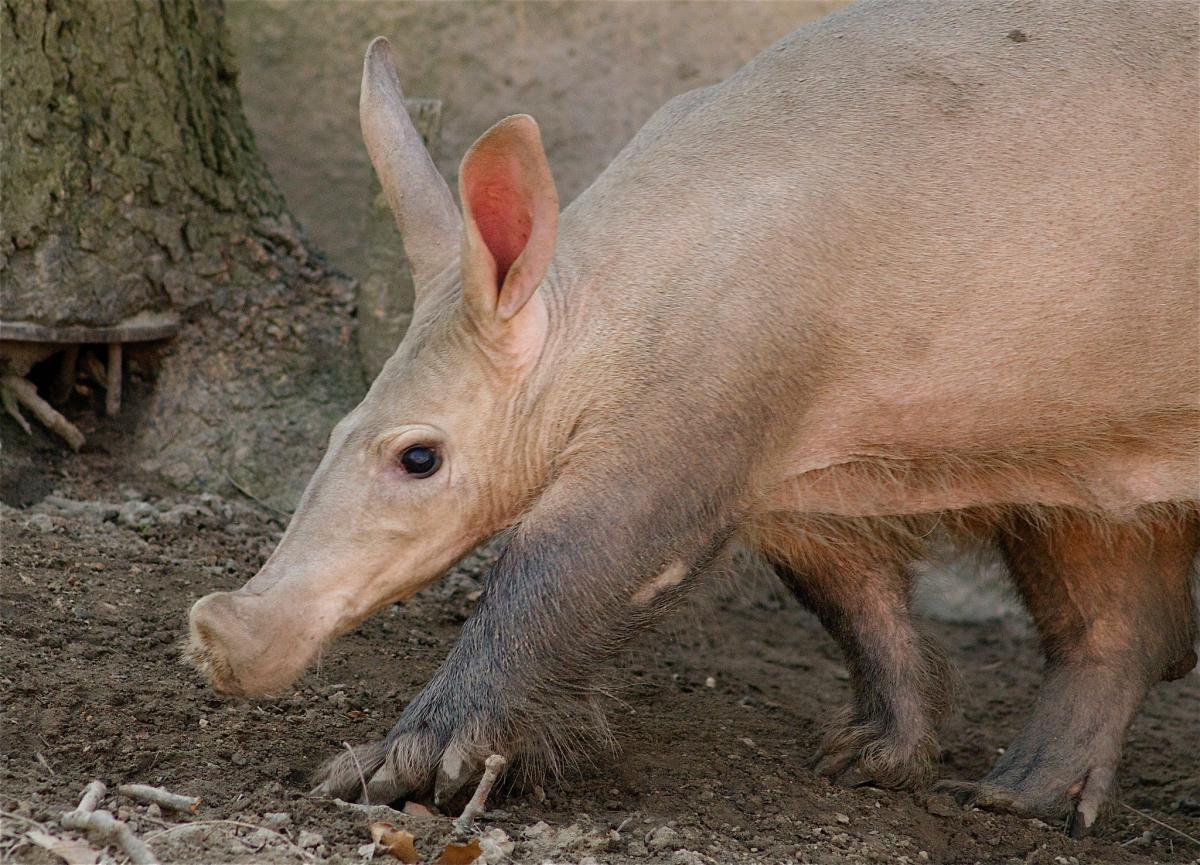
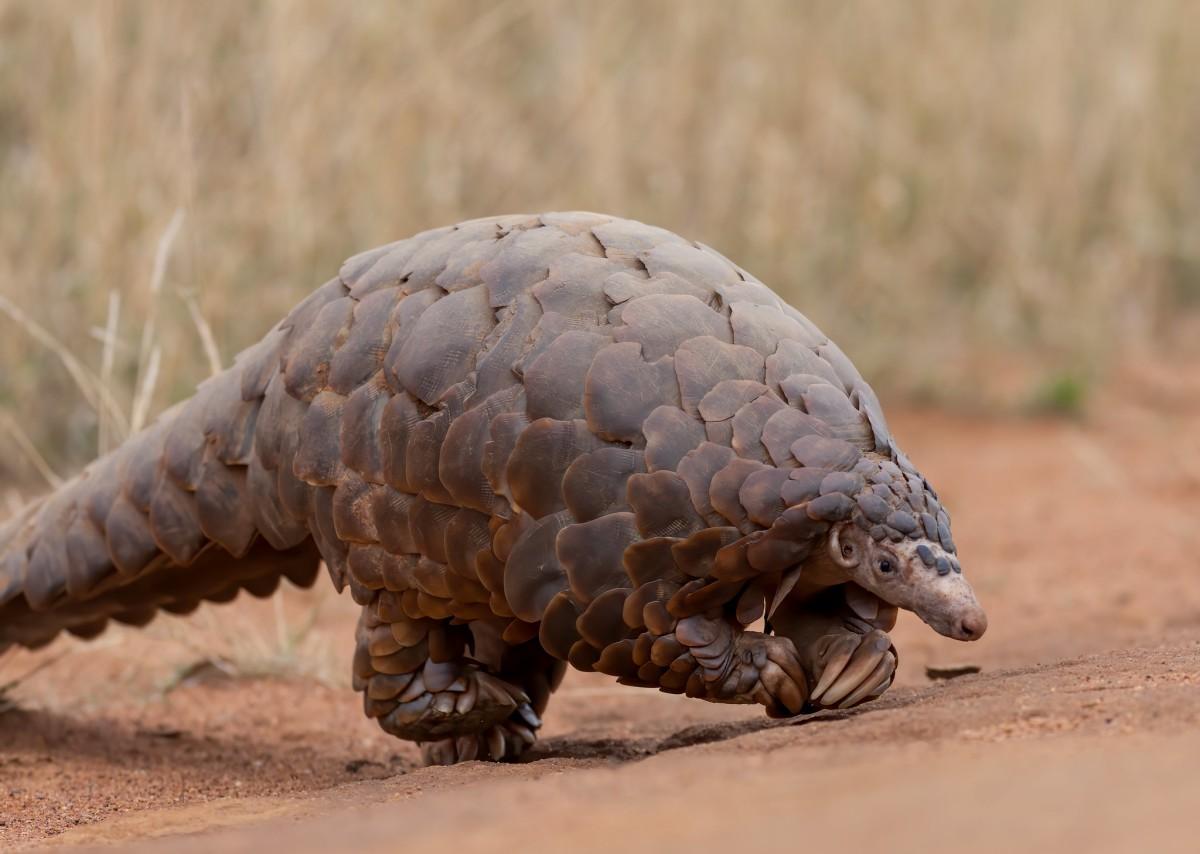

![30 Wild Animals in Australia [Wildlife in Australia]](https://www.kevmrc.com/wp-content/uploads/2023/01/30-wild-animals-in-australia.jpg)
![21 Wild Animals in Gambia [Wildlife in Gambia]](https://www.kevmrc.com/wp-content/uploads/2022/12/21-wild-animals-in-gambia.jpg)
![13 Wild Animals in Yemen [Wildlife in Yemen]](https://www.kevmrc.com/wp-content/uploads/2022/11/13-wild-animals-in-yemen.jpg)